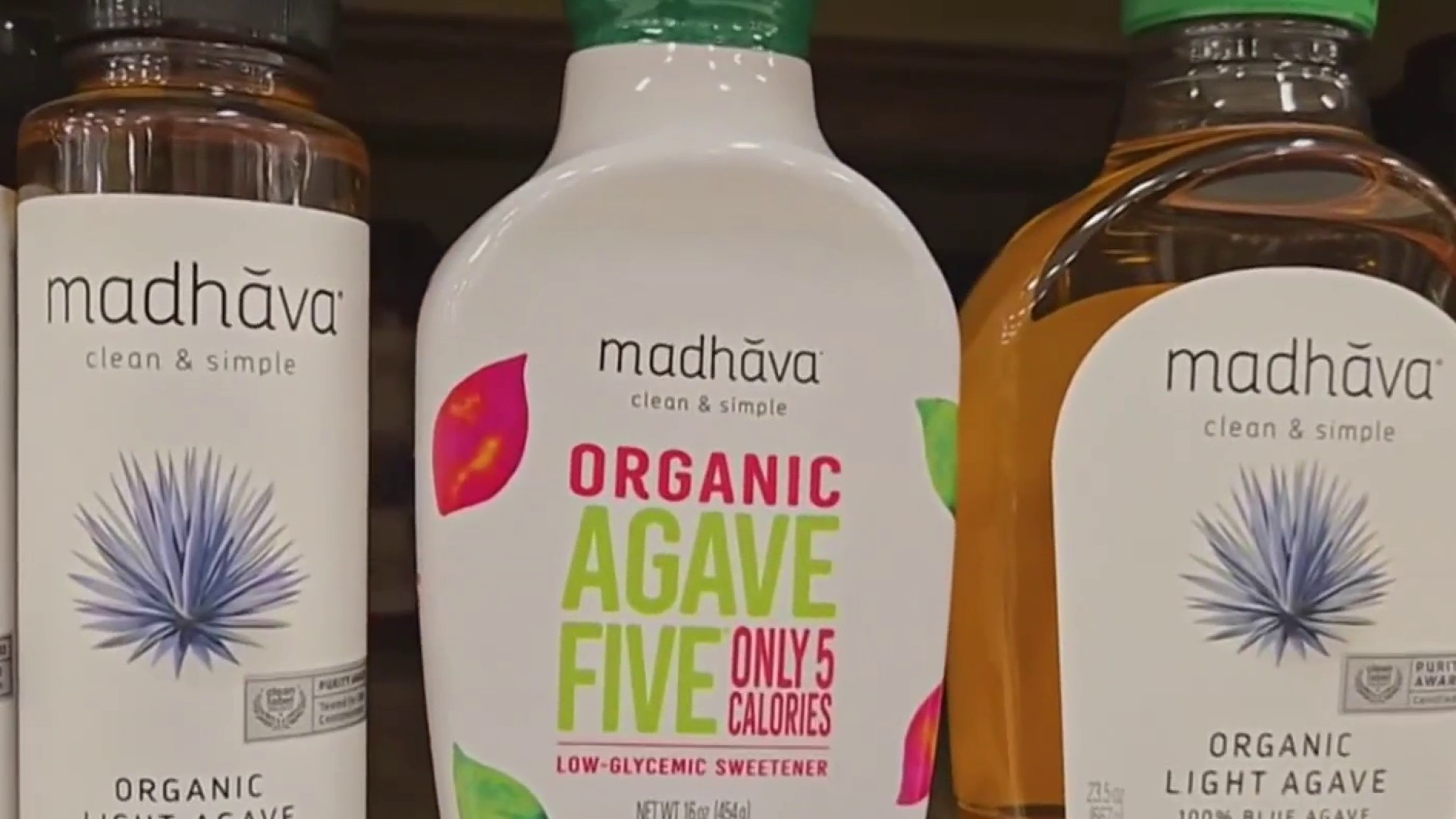You exit the bathroom stall and, suddenly, there’s a long line at the sink with people waiting to wash their hands. Should you wait in line? Or, should you squeeze a dollop of antibacterial hand gel in your palm and call it a day?
Many people aren’t entirely clear as to whether or not hand gel is effective as good ol' soap and water. In all honesty, the uncertainty comes within good reason -- the decision between products isn’t a clear cut one, considering that hand gels and soap and water should be used in varying contexts.
When should hand gels be used? Well, to answer the question, the Centers for Disease Control and Prevention (CDC) recommends alcohol-based hand gels as an acceptable alternative to soap and water in hospital and clinic-like settings. Healthcare workers perform duties in often sterile settings and are required to clean their hands constantly throughout day.
Ashley Allen, an occupational therapist at Georgetown University Hospital, sees around 11 patients per day, and she’s a stickler for clean hands.
“I use sanitizer every day,” Allen said. “In fact, it’s required before entering and exiting a patient’s room.”
Other settings and instances, though, primarily call for soap and water to combat bacteria. For instance, soap and water should be used after visiting the bathroom, when a person’s hands may become contaminated with fecal microorganisms. For this reason, the CDC recommends soap and water as the primary, most effective germ-buster.
Soap and water are also part of a hand-cleansing routine that’s recommended for foodservice workers. Hand gels aren't a recommended alternative in this case, because people working in the food industry often have proteins and other fatty ingredients on their hands, which decrease the ability of antibacterial hand gels to adequately kill bacteria. (Hand gel isn’t a grease fighter, after all.)
So how exactly do soaps work and why are they so effective? “Soap is comprised of potassium salts,” said Susan M Powell, RN, BSN, MS, CHPN. “During hand washing, the potassium salts help to emulsify oils, and the friction used during washing helps remove dirt.”
On the other hand, alcohol-based gels kill bacteria and viruses (versus removing hand matter); additionally, the presence of alcohol from gels slows the growth of bacteria on the skin.
“Alcohol kills bacteria by softening the bacterial membrane, allowing the alcohol to render bacteria ineffective,” Powell said.
Since alcohol kills bacteria, it’s important to note it as a key ingredient when purchasing a bottle of hand sanitizer. An effective alcohol-based gel should contain anywhere between 60 to 95 percent alcohol.
Despite the fact that alcohol-based hand gels contain, well, alcohol, are they still 99.9 percent effective in killing germs, as so many brands tout? To be forthright, the answer is no. Surprised? Well, the reason why companies claim that their products kill 99.9 percent of germs is because they often test sanitizers in labs, or in quality controlled environments. Oftentimes, the surfaces tested for contaminants aren’t on skin -- contaminants are tested on inanimate objects, instead.
Since sanitizers may not always be 100 percent effective, Allen never uses sanitizer after the bathroom, and she always opts for soap and water when it’s nearby. There are times, though, when the availability of soap and water are scarce, and in this respect, antibacterial sanitizers are better than nothing at all.
“I like the gel for an out and about, last resort, better-than-nothing kind of situation,” she said.
The next time you’re waiting to wash your hands in the bathroom, don’t skip out of line -- it’s ultimately worth the wait for some water and soap. After all, it’s a germy, germy world out there.



